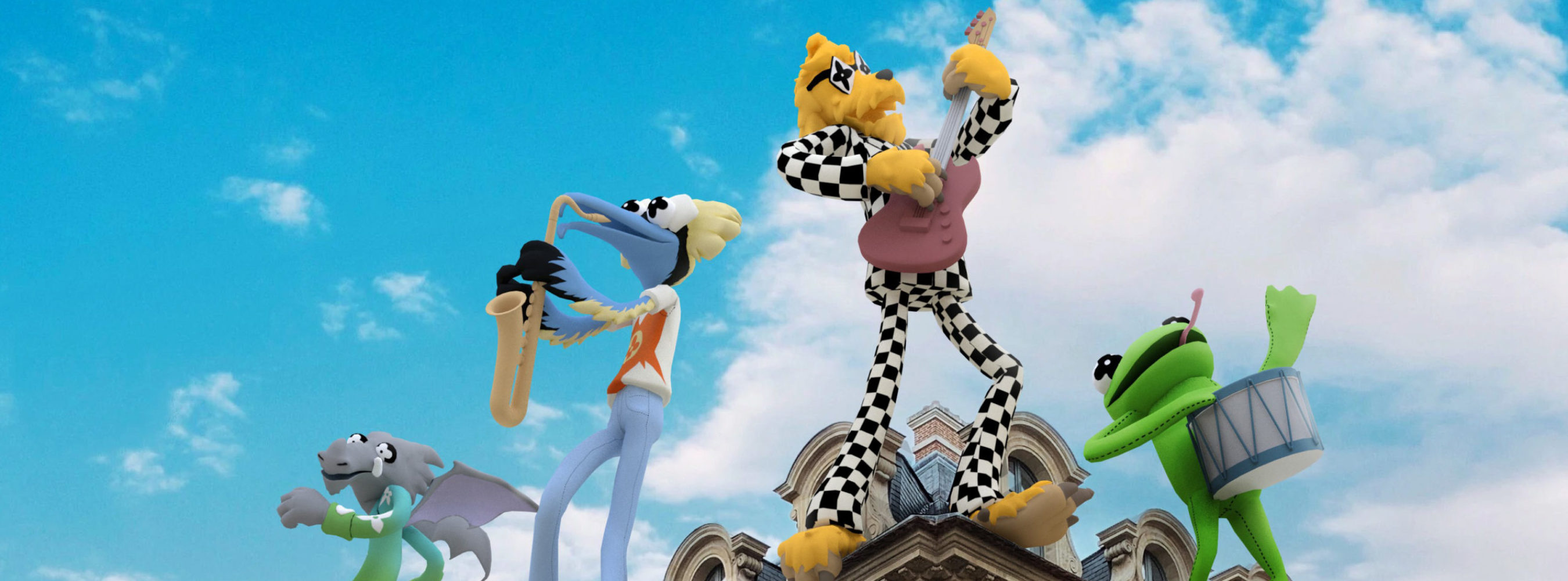Augmented Reality (AR)
Augmented Reality Production

Augmented Reality (AR) is a way of bringing digital content into the real world. Whereas Virtual Reality removes the viewer from their surroundings and places them in an artificially created environment, AR overlays digital media onto the real world around the viewer.
You’ve probably come across AR already without noticing it – Snapchat’s animated emojis, Instagram’s stickers/filters and Pokémon Go are all mainstream examples.
The image on the left is from one of our latest AR projects, for Selfridges, London. They had a giant virtual artwork by Jon Emmony suspended in their atrium. See the project here.
We produce WebAR, App based AR (iOS and Android) and social AR such as Snaplenses and Spark AR.
Scroll down to find out more about the different types of AR.
Types of AR
WebAR
WebAR is augmented reality that happens through the web browser, without the need for an app to be installed. This means no app downloads and a quicker route to the experience for the end user. For this reason it’s usually the favoured approach for most of our clients. the best platform to develop WebAR experiences on is 8th Wall. In this fast paced environment there is a constant arms race between browser based experiences and security features on phones. 8th Wall is winning this race and their feature set is starting to rival that of app based Ar. We are an official partner of 8th Wall, our page is here.
WebAR does come with some caveats though, it’s not quite as good at detecting 3D objects, and there are some limitations on more advanced features such as ‘occlusion’ (placing AR behind other objects naturally in the 3D space of the environment) or dynamically removing people’s backgrounds from selfie based experiences. however, the pace of development is rapid – with richer experiences, better tracking and more recently, better sharing features too. Recent capabilities include sky-replacement, and world-tracking using visual positioning from Niantic which anchors web content to physical locations with precision.
It’s an exciting space to watch, and we’re seeing the quality of the experiences and results we can get from it really start to soar.
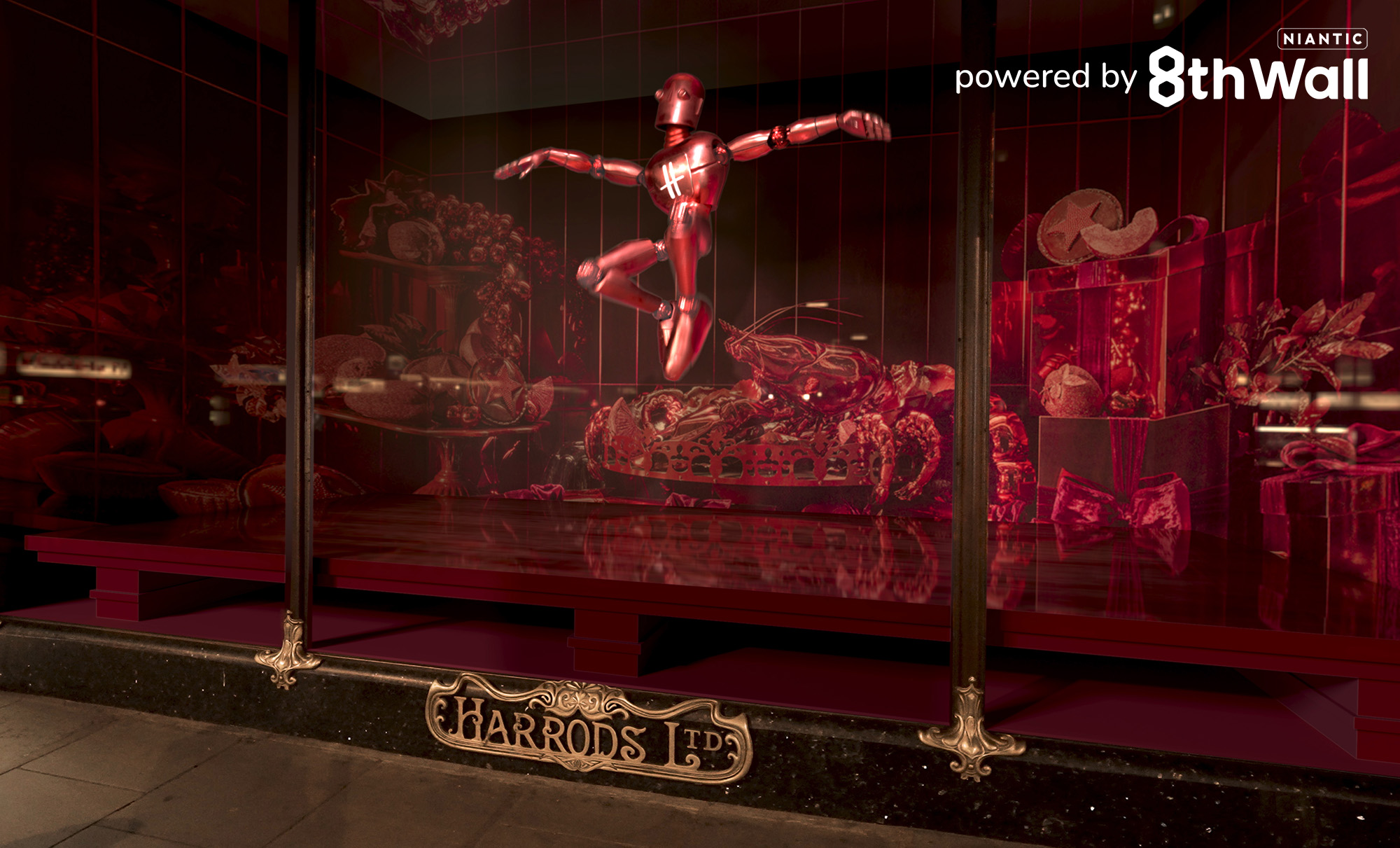
The above picture shows a WebAR experience we built for Harrods as a take over of some of the Brompton Road windows.
Social AR
Social AR is augmented reality that can be experienced via some of the main platforms – Instagram and Facebook (Spark AR), Snapchat (Snaplenses) and now TikTok. The advantage to Social AR is that there are very powerful tools already built that allow for advanced, fun and impressive AR, with minimal effort/cost. Also, of course, they are easily shared and usually pre-installed on the phones of the relevant demographic. The big catch with SocialAR though is the file size – experiences are typically limited to 4mb, this means experiences need to be simpler and usually more abstract rather than highly detailed.
Our 3D modellers enjoy creatively exploring the limits of the medium. We can create high detail models with custom animation, and are experts in both working to the constraints of the file size, and crucially also at working around those limits to achieve the most impactful outcomes.
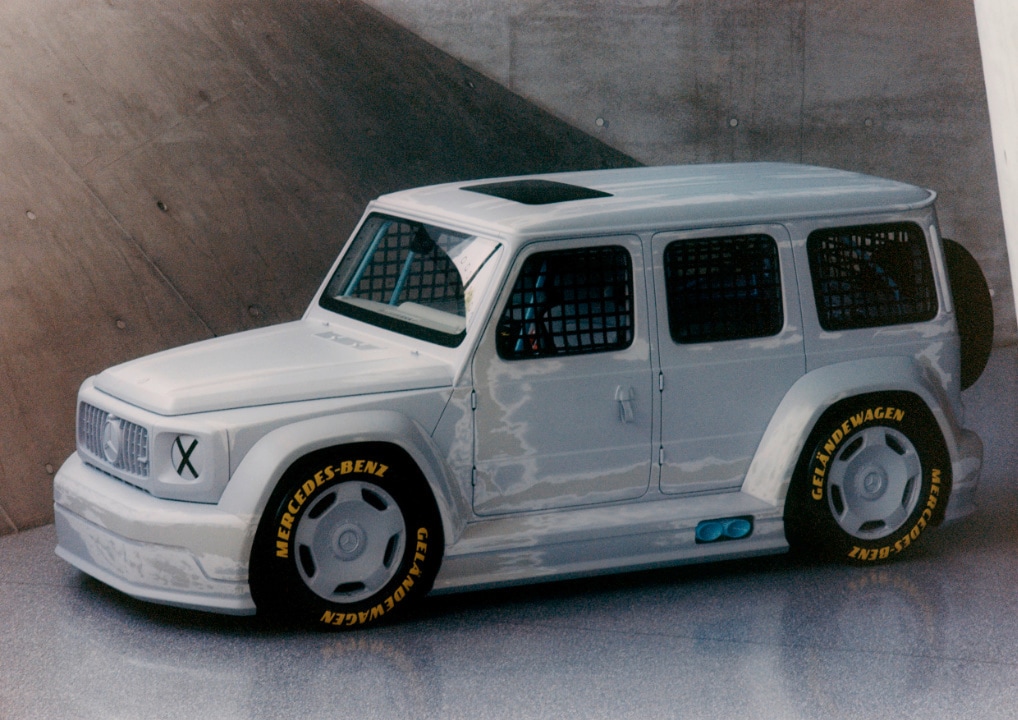
The above picture shows the custom Mercedes G-Wagon from our ‘Project Gelandewagen’ experience. Here you can place the car anywhere through the Spark AR, Mercedes Instagram filter.
Social AR is a fast growing part of the industry especially with TikTok pushing AR hard and Snapchat’s brilliant new ‘Snap Landmarks’ filters that allow you to track famous historic locations such as the Eiffel Tower and Buckingham Palace.
App Based AR
The most powerful form of AR, app based AR allows for the full suite of features available, everything from utilising Apple’s lidar scanners to occlusion mapping and high end world tracking, which earn AR it’s place as a truly immersive technology. If you can build or already have an app then this is where the most exciting features come in to play. We have built apps from scratch (e.g. Selfridges) and also integrated our content and experiences in other clients apps (BT Sport and Louis Vuitton). AR can be built natively or using Unity.
If you’re interested in being able to access the future potential of AR experiences, and understand how to maximise connections between digital and physical engagement, discussing the capacity of app based AR with us is a great way to start.
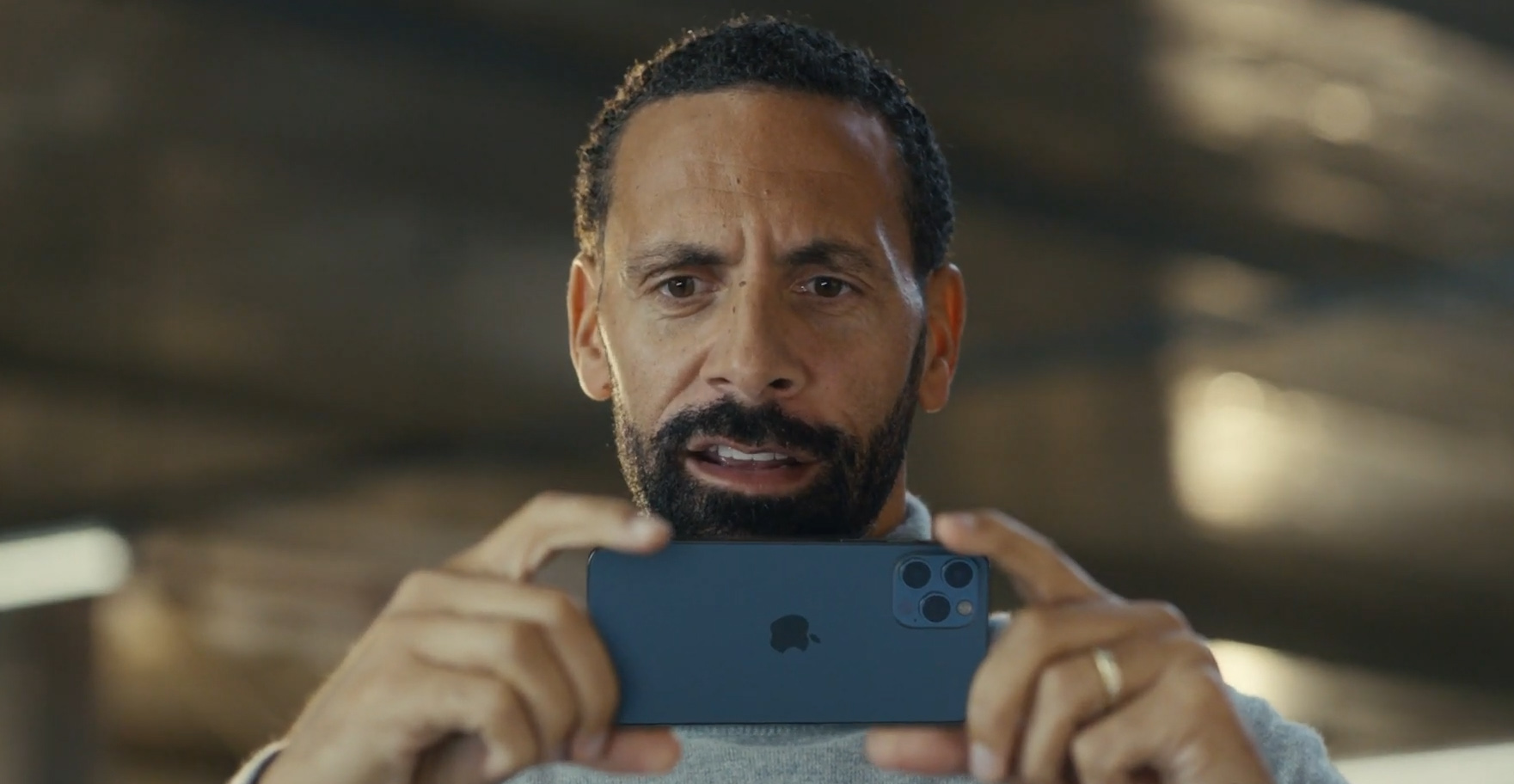
The above picture is from the BT Sport advert about the new AR features we put in to their native app.
Mixed Reality
Mixed Reality (MR) is essentially augmented reality that is head mounted or ‘worn’. There are a lot of different definitions people use for MR, with Microsoft even using it to define their VR headsets. However, it’s being more and more commonly associated with head mounted devices that overlay content on the real world.
There are two main methods for mixed reality – projection on to reflective lenses in front of the eyes, such as the Niantic example to the left, or the Magic Leap and Microsoft Hololens series of glasses and there is ‘digital pass through’ where you see the real world through cameras mounted on the outside of the glasses (e.g. Meta Quest Pro).
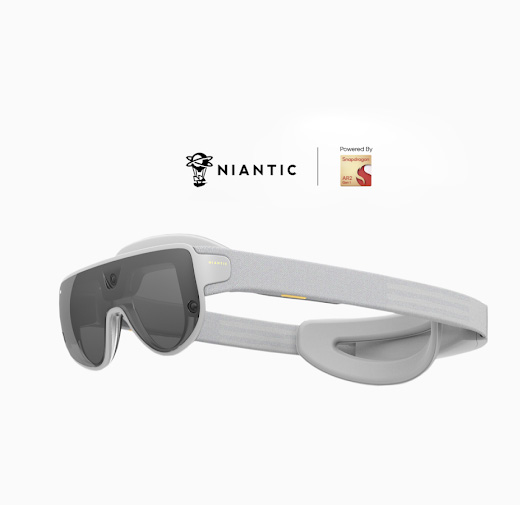
How we work
1. Creative Consultation
All of our projects start with a call or meeting to discuss what it is you want to create using Augmented Reality, and what you hope it will achieve. Because AR is still a fairly new technology, there are often misconceptions about what it can and can’t do, and so our role at this point is to be clear and honest about your idea, whilst offering suggestions on how the project might work.
2. Product Scoping & Prototyping
Then we’ll get to work on a product scope – a detailed description of what it is we’re creating, the exact functionality it will have, and the associated timelines & costs. Once this has been agreed, we start building the first iteration of your product.
3. Production Review & Amendments
At regular intervals throughout the prototyping process, we’ll send you builds of the product to review and feedback on. This way, any issues are picked up quickly and changes made. Obviously it depends on the size of the project, but most AR projects take between 4-6 weeks.
To view some of our recent Augmented Reality projects, head to our Work page.
Other Services
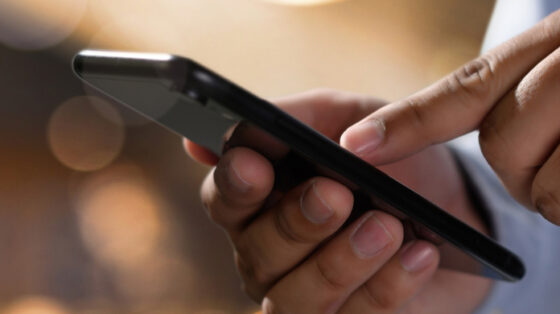
Augmented Reality (AR)
Augmented Reality (AR) is a way of bringing digital content into the real world. Whereas Virtual Reality removes the viewer…
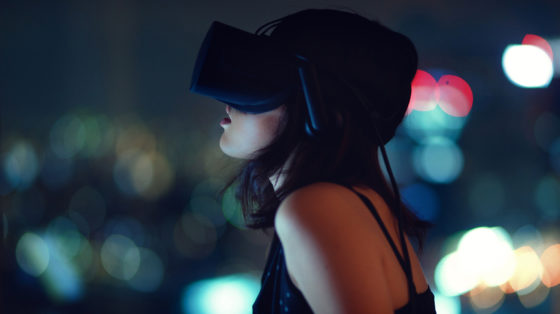
Virtual Reality (VR)
Virtual Reality (VR) transports your audience to other places, moments or experiences in a way that is unparallelled in any…

